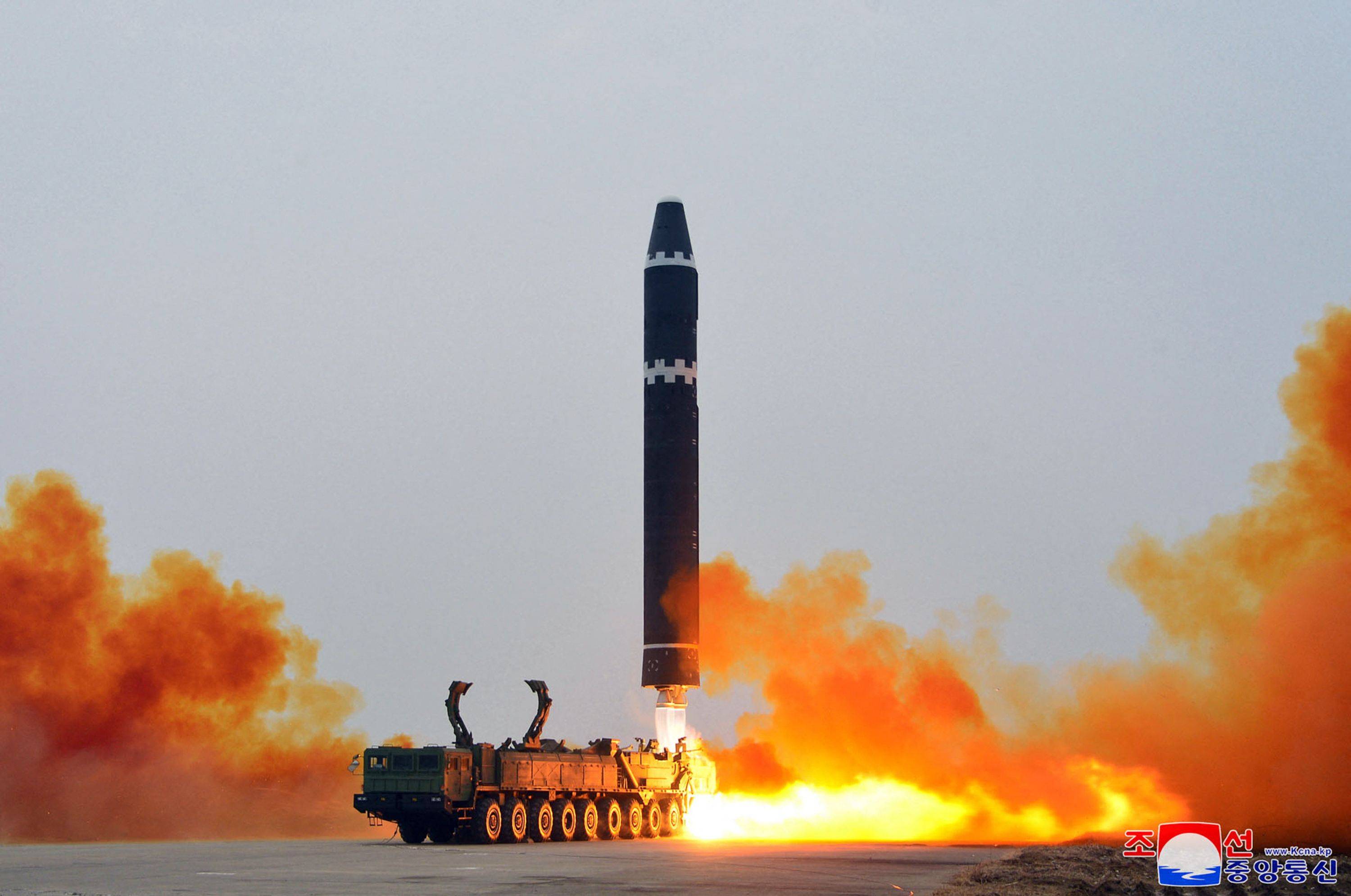North Korea said Sunday that it had fired off an intercontinental ballistic missile (ICBM) a day earlier, in what Pyongyang called a “sudden launching drill” that demonstrated “actual proof” of the country’s “fatal nuclear counterattack” capabilities.
The Japanese Defense Ministry said Saturday that its reclusive neighbor had launched one of its most powerful long-range missiles into waters some 200 kilometers off Hokkaido’s Oshima Island, inside Japan’s exclusive economic zone (EEZ).
The launch of what Pyongyang said was a Hwasong-15 ICBM came just days ahead of joint military drills between the U.S. and South Korea set for later this week at the Pentagon.

















With your current subscription plan you can comment on stories. However, before writing your first comment, please create a display name in the Profile section of your subscriber account page.